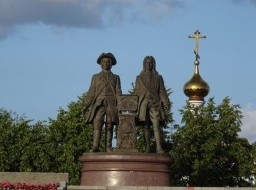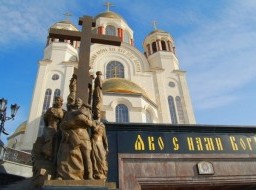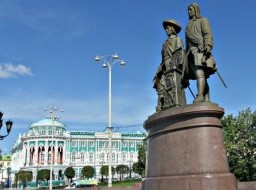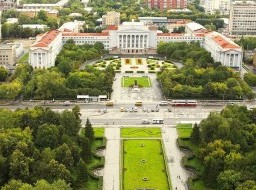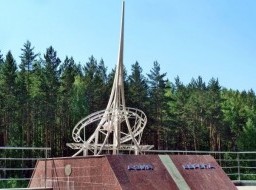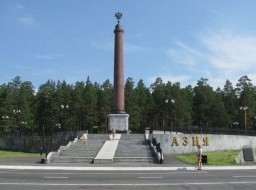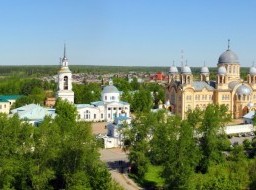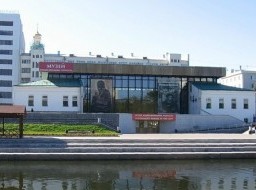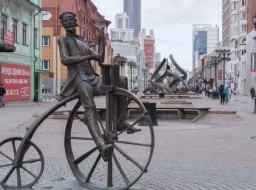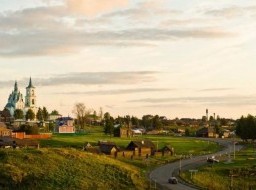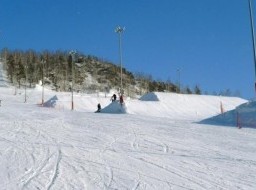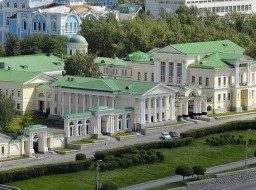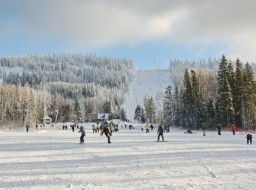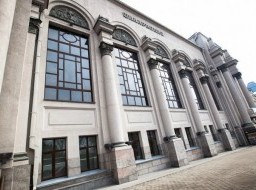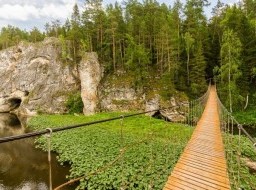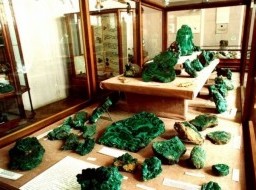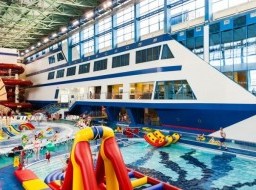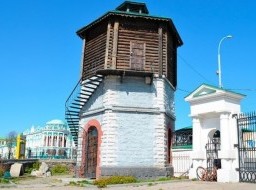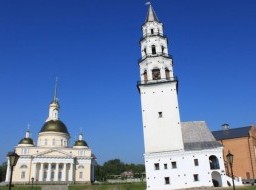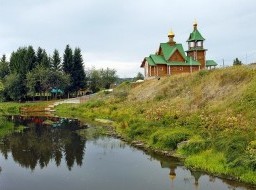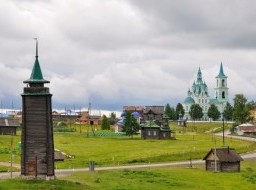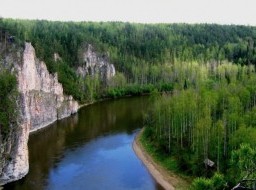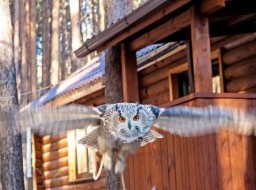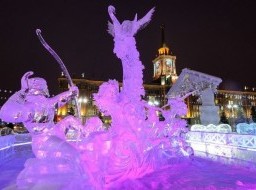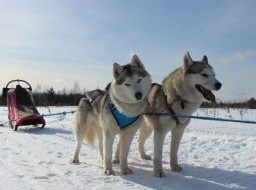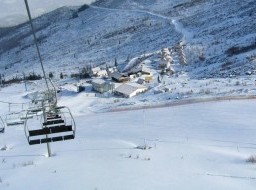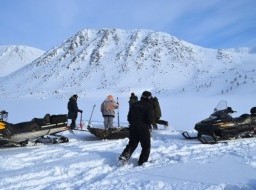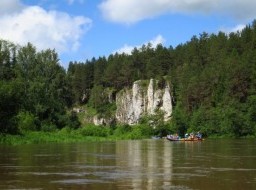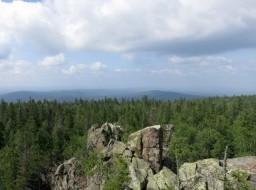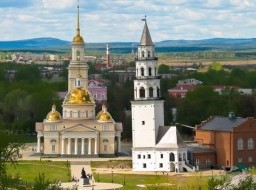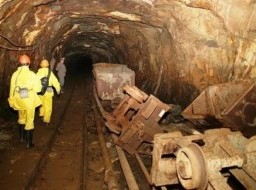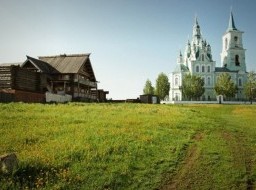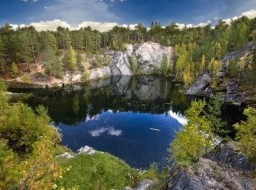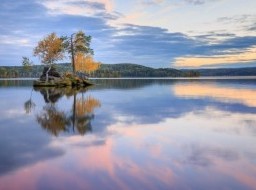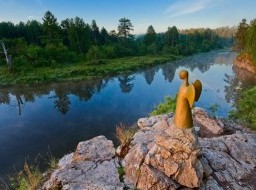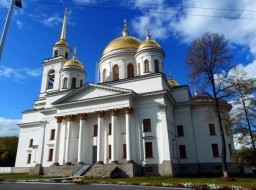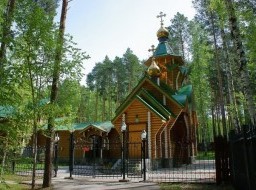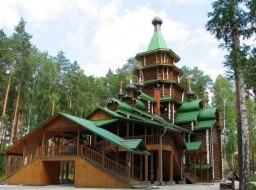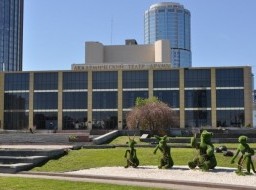Cave Friendship
Cave "Friendship" - one of the largest caves in the Sverdlovsk region. It has been purposefully visited since the 19th century. The total length of the passages is 500 meters. The cave is multi-tiered and complex in form. If you go far, but you can hear the sound of an underground stream. It is believed that "Friendship" is better to inspect in winter or early spring, when the cave appears in all splendor. Thanks to the ice decoration, the vaults of gloomy dungeons are transformed into luxurious chambers of the crystal palace. The magical picture of the petrified remains of prehistoric animals that lived on the walls of the cave polished by streams of water, which lived in the long-extinct Riphean Sea many millions of years ago, complete the magic picture. The cave is located on the right slope of Fedotov Log, on the left bank of the Sergi River, 4 km from the station. Bazhukovo. First mentioned in the description of A. Baranovsky at the end of the last century. He described the main course length of about 100 m. In 1958, students of the Sverdlovsk Pedagogical Institute compiled a plan for the part of the cave. Later speleologists conducted a semi-instrumental survey. The cave lies in light dense limestone. Layers with a capacity of up to 1 meter, their drop to 20 degrees, in the left part they are almost horizontal. The width of the log is about 60 m, the height of the entrance is 3 m above the bottom of the log. The entrance is a large arch about 4 m high and 6 m wide. At the entrance there is a horizontal platform, from which the descent starts down to the right grotto (Baranovsky grotto), which is a corridor , stretched to the north-west. After 50 m the grotto expands, turns into a rally hall for speleologists, and left a stone screech to the left. At 65 m. From the entrance there is an interesting three-tiered grotto, called Etazherka. Three of its floors appeared, apparently at different times the formation of the cave. The bottom is heavily watered, there is a lake with an area of approximately 50 m2.Developed steep screes, many cracks, one of which leads to the second exit from the cave. To the right there is a narrow corridor, in which ice filths are preserved all year round. The corridor was called the "Marble Gallery", since its walls were made of snow-white dolomite. Further there is the grotto of the Pedagogical Institute, there are many interesting stalactites here. The left passage leads to the grotto of Caster. In the south-eastern part of the gallery is a lake stretched along the crack, next to another small lake. In the north-western corner of the gallery there is a ledge, overcoming which, you can get to the grotto of the Conscripts, where there is also a small lake. Having risen on the northern wall of this grotto, you can get to the grotto of the Pedestrian Institute mentioned above. Behind this grotto there is a second entrance to the cave. It is located on the bottom of a small karstic funnel. The water level in the spring in the lakes of the cave rises, and during the rest of the year is almost constant. At high water the depth of the lakes reaches 7 m.Observations make it possible to conclude that all lakes of the cave are connected to each other and constitute one system of underground water circulation. The deposits in the grottoes and grooves are mainly clay masses, crushed stone and small calcite deposits. The microclimate of the cave is peculiar, the temperature in different parts can fluctuate significantly at the same time. In winter all lakes and streams freeze, many ice stalagmites of the most diverse form are formed. Cave "Friendship" is one of the most beautiful caves in the region, the place of wintering of bats, the parking lot of the Neolithic man. On the caves of the cave you can see the fossils of ancient marine organisms that lived in the sea 300 - 400 million years ago. |

